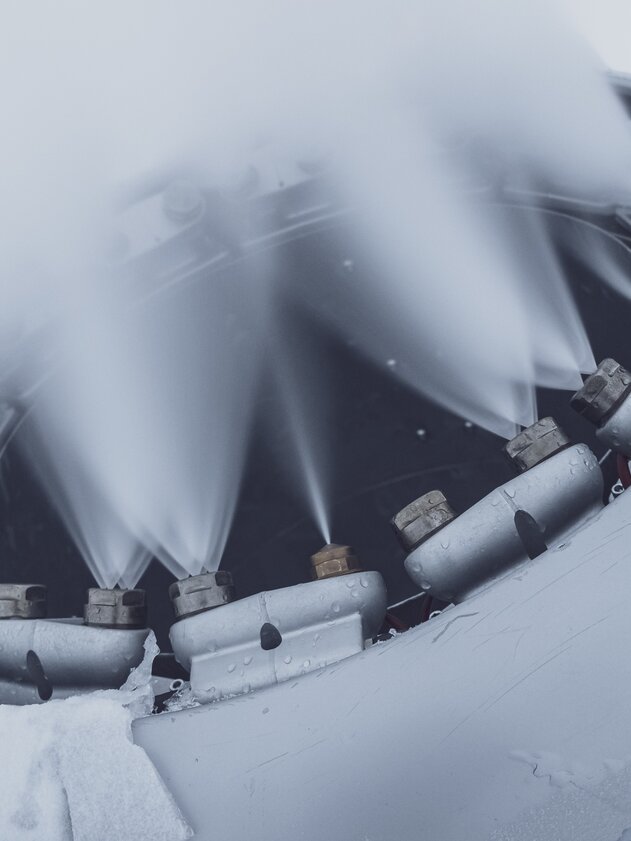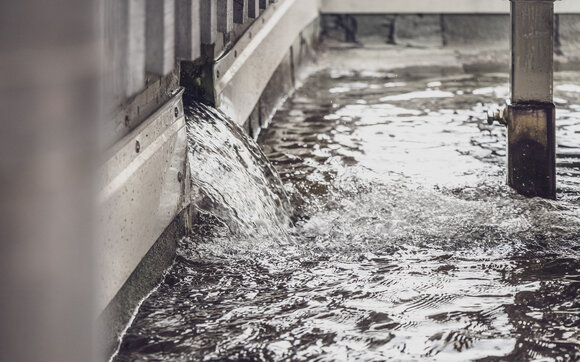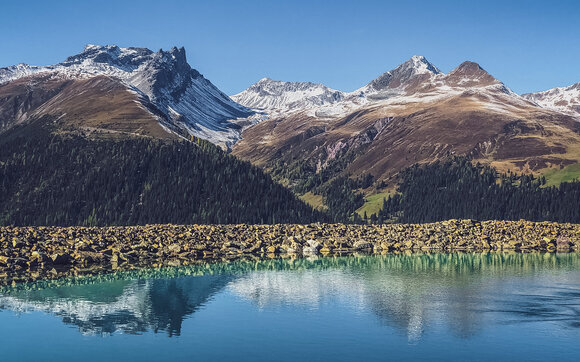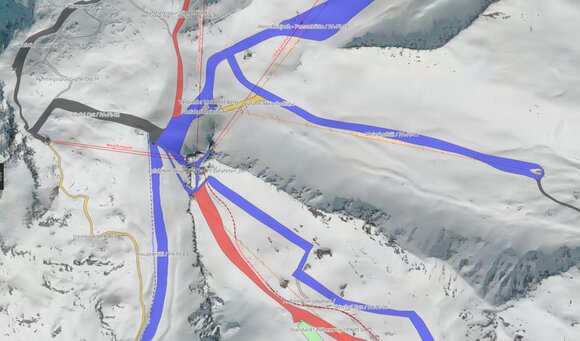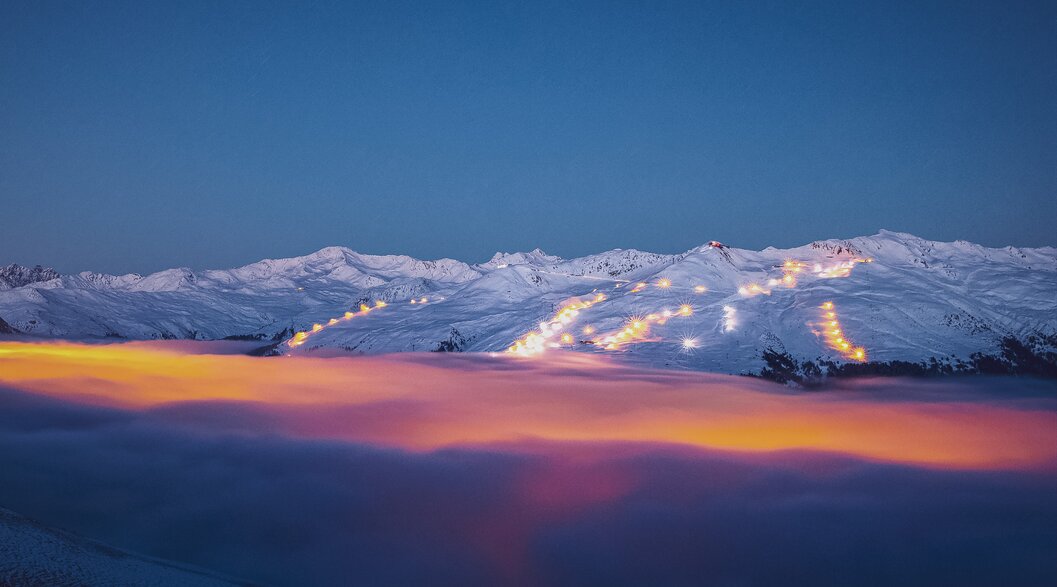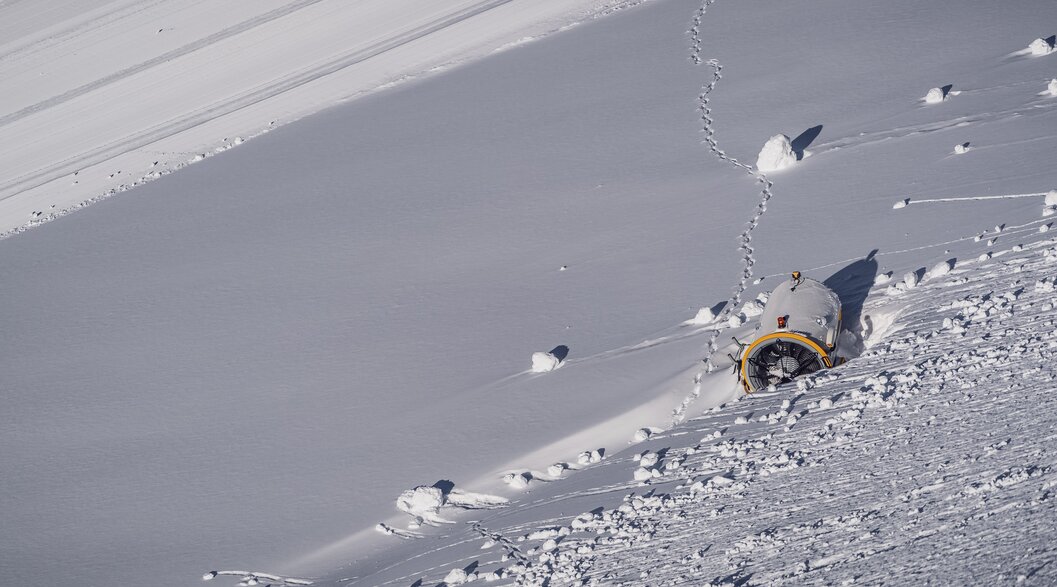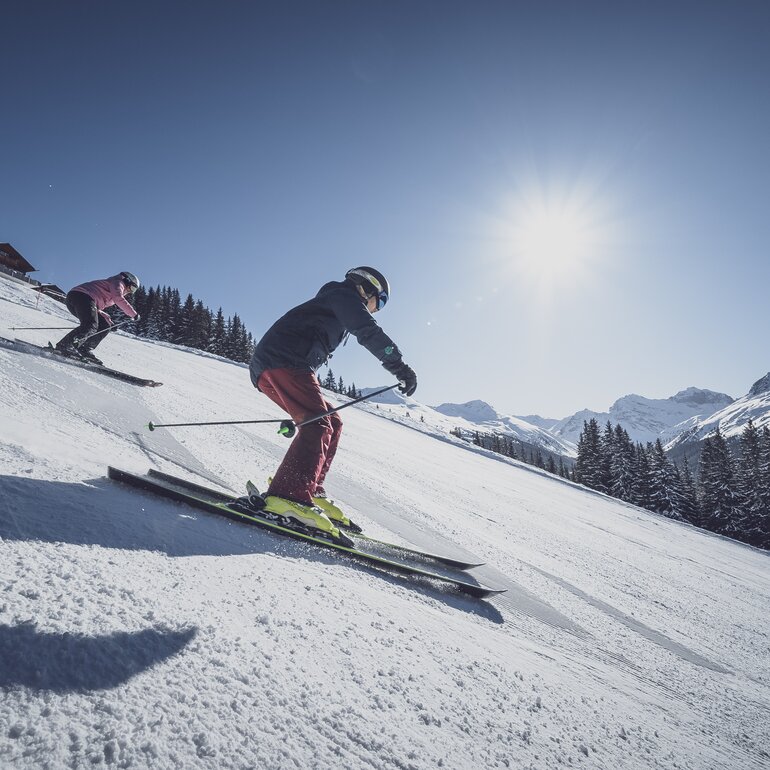The future of technical snowmaking
Snow reliability is vital for the operation of mountain cableways, and technical snowmaking plays a key role in ensuring consistent planning and optimal piste conditions. At the same time, sustainability is extremely important to us. To conserve resources and protect the environment, we invest in various initiatives to make snowmaking even more efficient and eco-friendly.
In collaboration with our partners, we continually explore new ways to minimise resource consumption and boost energy efficiency in snowmaking. Learn more about our projects and advancements in this area!
